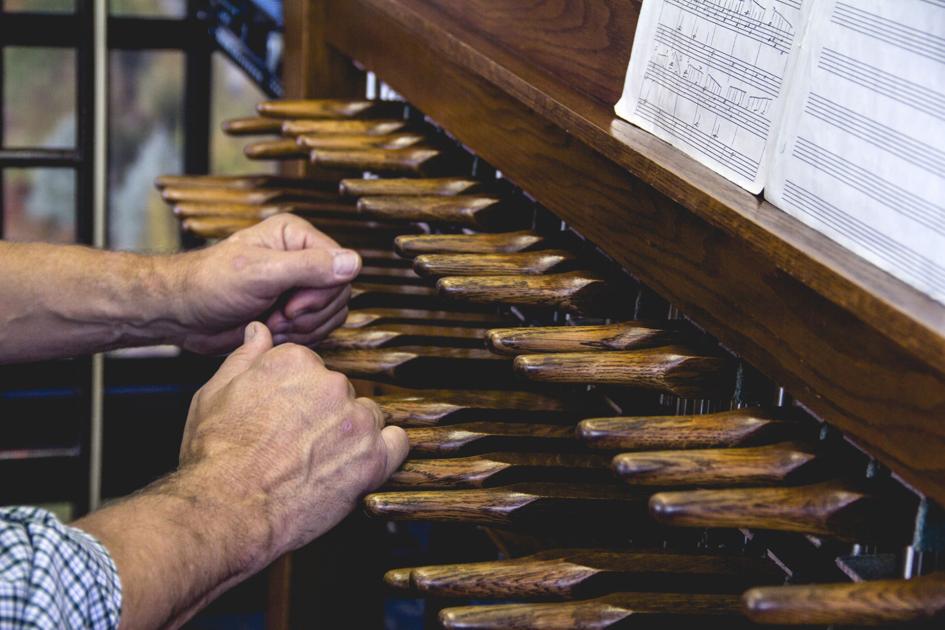Christmas may be over, but that’s no reason to stop enjoying the lyrical sound of bells! You’ve got hand bell music, good old rock music peppered with a bit of cowbell, or the dramatic sound of that grand-daddy of bells, the carillon.
What’s a carillon?
A carillon is a set of at least 23 bells that hang in a tower and are played using a type of keyboard. With some carillons, the keyboard looks much like a piano keyboard, but with many additional foot pedals. Some carillons have a keyboard made up of handles that the player pushes with a closed fist.
Carillon bells don’t move; being made of cast bronze, they’re very heavy and fixed in place. It’s only the clapper that swings to strike the bell. Just as a piano player controls the volume of notes by pressing the keys harder of softer, the carillon player uses the same technique to strike the bells. Still, it takes some strength to play a carillon, especially the low notes.
How old are carillons?
Carillons first appeared in Europe in the 16th century. Over time many were destroyed, but you can still find more than 150 traditional carillons here in the U.S.
In fact, you can attend a carillon recital in nearby Frederick, Maryland. On the grounds of Baker Park is a granite bell tower with 49 bells that weigh anywhere from 22 pounds to 3,500 pounds.
What kind of music can be played on a carillon?
An adventurous musician can play just about anything! You’ll often hear classical music (here’s Pachelbel’s Canon in D on a carillon), hymns and folk tunes. Of course, composers also create original compositions for the instrument.
Carillons are actually among our most pandemic-friendly instruments, because you can listen outdoors. And given how well the sound carries, you can listen without being in a crowd.
Check out this classic instrument! Of if you want to satisfy your curiosity immediately, you can find plenty of great carillon videos on YouTube – here’s a 36-minute tour of the carillon in the Rockefeller Memorial Chapel at the University of Chicago – with the added benefit of seeing behind the scenes of these amazing instruments.

